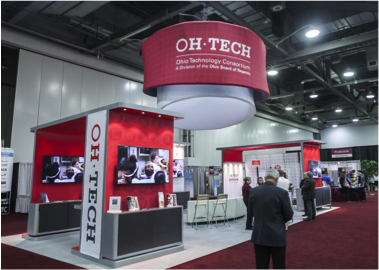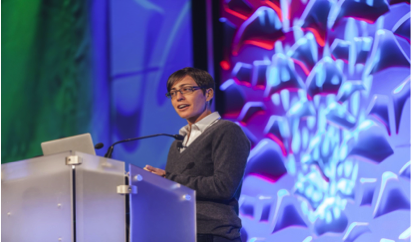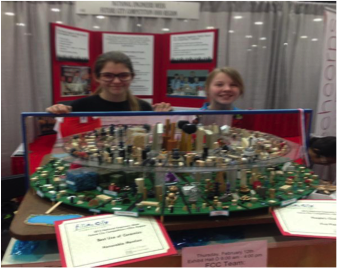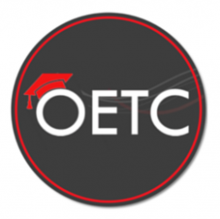The Ohio Educational Technology Conference (OETC) 2015 wrapped up three days of interesting speeches, workshops and displays last week, despite the cold temperatures in Central Ohio.
The conference made some great changes this year. Organizers spent a lot of time listening to feedback from participants and made several changes based upon the recommendations and feedback. Themes transitioned and varied from previous years as technology and skills advance. A major change this year was an emphasis on the importance of teaching students, as well as instructors, how to code.

Analyst are stating that by the year 2020, there will be more than 1.4 million jobs in the tech sector. To address the upcoming demand, this years conference emphasized the importance of recruiting more girls into technology careers. Currently there are a few projects that are targeted specifically on how to teach girls to code. The Ohio Supercomputer Center has one such program, the Young Women's Summer Institute program, which was promoted at the Ohio Technology Consortium booth. Girls Who Code also has made their training resources available to anyone.
Teaching girls to code was only part of the discussions. Hour of Code, from the nonprofit organization Code.org, was a hot topic. Over one million students participated in the Hour of Code last year. Code.org is working with several districts throughout the state to train teachers on their curriculum. Ohio is code.org’s first national k-12 implementation. There is more to the program than just teaching kids to code. There is also an emphasis on teaching kids how to use critical thinking and problem solving skills with code.

Keynote speaker Danielle Feinberg, from Pixar Animation Studios, expressed that learning to code empowers people to achieve their passion. She also shared stories on why math and physics are critical to the development of animated features. One example she provided was how it took three years to perfect the physics to animate hair.
Animation shared the stage with gamification. Minecraft was heavily discussed in several sessions, including gamification in the classroom. In one beautiful moment a student came to the aid of a speaker on how to use Minecraft. This example aligned with another session where a teacher discussed being a “digital turtle,” describing

their interactions and troubles with technology. They stated that slow and steady was the their approach to successfully integrating technology into their classroom.
Like the turtle approach, several speakers stated the importance of personalization and of allowing the students to create things that are meaningful to them. Comments included teachers stating that students can learn in non-traditional ways and allowing them to have some choices engages the student through intrinsic motivators.
I would be remiss if I did not mention one of the coolest inclusions this year, The Ohio State University's Buckeye Bullet. The Venturi Buckeye Bullet 3, in all its glory, was on display from the Center for Automotive Research. Sadly, there was not a demonstration of the 400 MPH capability; however, you could feel the power just by standing in its presence.

Finally, a special mention goes out to the Lakewood Middle School students for their accomplishment and award for the Future City competition. Congratulations!



